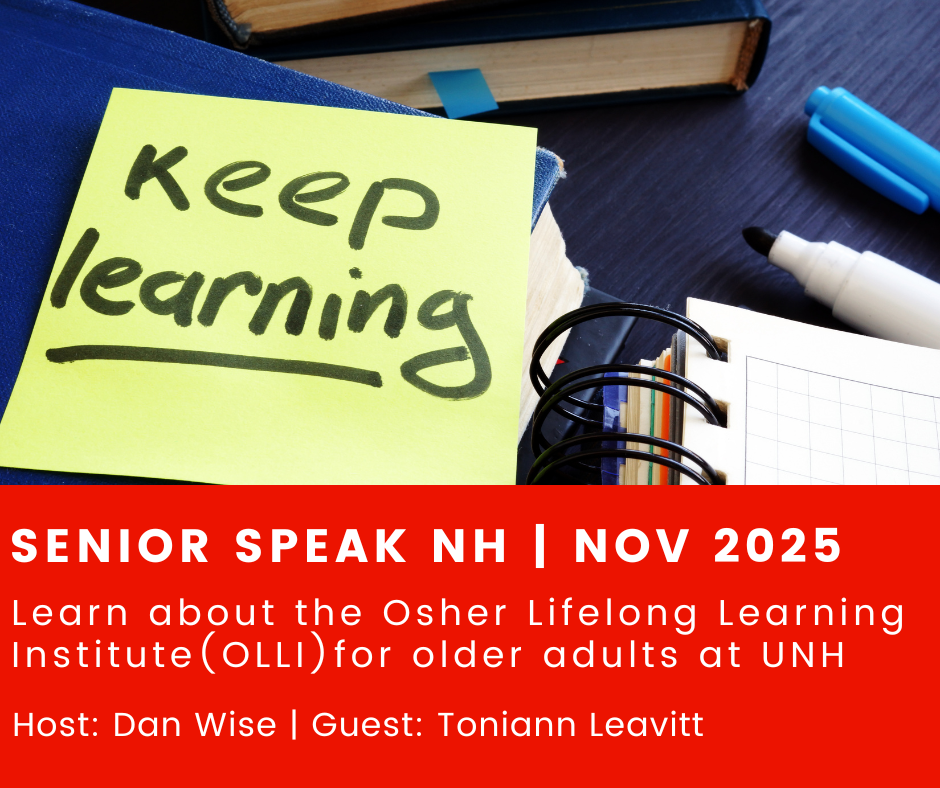Rotary Roundup: BDP Foundation focuses on education, nutrition and growth – Manning Live

Briggs-DeLaine-Pearson Foundation: A Report on Community Impact and Sustainable Development Goals
Introduction
A presentation by Marguirite L. DeLaine, Chairperson of the Briggs-DeLaine-Pearson (BDP) Foundation, to the Manning Rotary Club detailed the organization’s critical work in Clarendon County. The foundation’s initiatives demonstrate a profound commitment to achieving several United Nations Sustainable Development Goals (SDGs), particularly in the areas of education, hunger, and inequality. This report outlines the foundation’s history, current programs, and strategic objectives in the context of these global goals.
Historical Mandate and Contribution to SDG 10
The BDP Foundation’s mission is rooted in a legacy of fighting for social justice and equality, directly aligning with SDG 10: Reduced Inequalities.
- The foundation was established in 1993 to honor the plaintiffs of Briggs v. Elliott.
- This Clarendon County case was the first of five lawsuits that led to the landmark 1954 Brown v. Board of Education decision, which mandated the desegregation of American public schools.
- By serving underserved children today, the foundation continues its historical mission to dismantle systemic barriers and promote social equity.
Core Programs and Alignment with Key SDGs
The foundation operates an education center that provides a holistic support system for local youth, directly addressing multiple SDGs.
SDG 4: Quality Education
The primary focus of the BDP Foundation is to provide equitable and inclusive quality education and promote lifelong learning opportunities.
- After-School Academic Support: Students receive assistance with homework, reading, and math instruction.
- Skills Development: The curriculum includes lessons in social and critical thinking skills to foster well-rounded development.
- Summer Enrichment: Programs are designed to prevent learning loss during school breaks and keep children engaged in a positive learning environment.
- Mentoring and Guidance: As evidenced by a case study involving a former student guided toward technical college and a successful career, the foundation provides personalized mentorship to ensure long-term success.
SDG 2: Zero Hunger
Recognizing that learning is impossible on an empty stomach, the foundation has made nutrition a cornerstone of its operations.
- The provision of nutritious meals is a critical service, as many students arrive at the after-school program hungry.
- Chairperson DeLaine noted the initial challenges of providing food without a kitchen, underscoring the program’s necessity.
- The new facility includes a kitchen, and a primary future goal is the addition of a cafeteria to more effectively combat food insecurity among students.
Infrastructure, Challenges, and SDG 17
The foundation’s progress and future depend on strategic development and collaborative efforts, highlighting the importance of SDG 17: Partnerships for the Goals.
Current Status and Future Objectives
- The foundation successfully constructed a 4,000-square-foot, debt-free education center, expanding its capacity from 35 to 85 individuals.
- The next strategic priority is the construction of a cafeteria to enhance its ability to meet SDG 2 (Zero Hunger).
Funding and Call for Partnership
- The foundation, a 501(c)(3) nonprofit, faces significant financial constraints due to recent federal funding freezes.
- Operations are sustained through grants, private donations, and volunteers.
- Chairperson DeLaine issued a call for community support, emphasizing that collective action is required to build a “solid workforce and a solid, bright future for our Clarendon County community.”
- Existing partnerships include local schools, Clemson University’s Call Me MiSTER program, and the South Carolina Department of Education, demonstrating a commitment to collaborative action under SDG 17.
1. Which SDGs are addressed or connected to the issues highlighted in the article?
The article highlights the work of the Briggs-DeLaine-Pearson (BDP) Foundation, which connects to several Sustainable Development Goals through its mission to support underserved children with educational and nutritional programs.
-
SDG 2: Zero Hunger
The article explicitly addresses the issue of hunger among students. It notes that children arriving at the after-school program are hungry because they were last fed mid-morning. The foundation’s effort to provide “nutritious meals” is a direct response to this need.
-
SDG 4: Quality Education
This is a central theme of the article. The BDP Foundation provides “after-school programs, summer enrichment, academic support, [and] mentoring.” It offers “homework help, reading and math instruction, and lessons in social and critical thinking skills” to prevent learning loss and improve academic outcomes for underserved children.
-
SDG 10: Reduced Inequalities
The foundation’s origin is rooted in the Briggs v. Elliott case, a landmark fight against racial segregation and inequality in the American education system. Its current mission to serve “underserved children” continues this legacy by providing resources to those who are at a disadvantage, aiming to create a “solid, bright future for our Clarendon County community.”
-
SDG 17: Partnerships for the Goals
The article mentions that the foundation’s success relies on collaboration. It “partners with local schools, Clemson University’s Call Me MiSTER program and the South Carolina Department of Education.” Furthermore, it depends on “grants, donations and volunteers” from the community, highlighting the importance of public, private, and civil society partnerships.
2. What specific targets under those SDGs can be identified based on the article’s content?
Based on the foundation’s activities described in the article, the following specific SDG targets can be identified:
-
Target 2.1: End hunger and ensure access to safe, nutritious and sufficient food
The article states, “when a student comes to an after school program…that child is hungry.” The foundation’s response of providing “nutritious meals,” even to the point of cooking at home and transporting soup, directly aligns with the goal of ensuring access to sufficient and nutritious food for vulnerable people, in this case, children.
-
Target 4.1: Ensure that all girls and boys complete free, equitable and quality primary and secondary education
The foundation provides “academic support” and “homework help” to help children succeed in their schooling. The story of the expelled student who was tutored by the foundation, graduated, and found a career path exemplifies the work towards ensuring students can complete their education and achieve “relevant and effective learning outcomes.”
-
Target 4.5: Ensure equal access to all levels of education and vocational training for the vulnerable
The BDP Foundation’s focus is explicitly on “underserved children,” who are a vulnerable group. By providing educational support and guiding a student towards a technical school, the foundation works to eliminate disparities and ensure equal access to education and vocational training.
-
Target 10.2: Empower and promote the social, economic and political inclusion of all
By providing education, food, and mentoring to “underserved children,” the foundation is actively working to empower a vulnerable segment of the population. The goal is to help them build a “solid workforce and a solid, bright future,” thereby promoting their future social and economic inclusion.
-
Target 17.17: Encourage and promote effective public, public-private and civil society partnerships
The article directly mentions the foundation’s reliance on partnerships with “local schools, Clemson University’s Call Me MiSTER program and the South Carolina Department of Education.” It also makes a plea for community support through “grants, donations and volunteers,” which is a call to action for civil society partnerships.
3. Are there any indicators mentioned or implied in the article that can be used to measure progress towards the identified targets?
The article implies several quantitative and qualitative indicators that can measure progress:
-
Indicators for SDG 2 (Zero Hunger)
The primary indicator is the provision of meals. Progress can be measured by the number of nutritious meals served to students daily or weekly. The construction of a kitchen and future cafeteria are also progress indicators.
-
Indicators for SDG 4 (Quality Education)
Several indicators are mentioned or implied:
- Number of children enrolled: The article mentions growing from serving “as many as 35 kids” to having a facility that “accommodates up to 85 people.”
- Types of educational services provided: The list of services (“homework help, reading and math instruction, summer enrichment”) serves as a qualitative indicator of the program’s quality.
- Student success stories: The anecdote about the student who graduated and found a job after receiving support is a qualitative indicator of achieving effective learning and life outcomes.
-
Indicators for SDG 10 (Reduced Inequalities)
The key indicator is the number of “underserved children” receiving support from the foundation. Tracking the demographic and socioeconomic background of the children served would directly measure the progress in reaching vulnerable populations.
-
Indicators for SDG 17 (Partnerships for the Goals)
Progress can be measured by:
- The number and nature of formal partnerships established (e.g., with schools, universities, government agencies).
- The amount of funding received through grants and donations.
- The number of volunteers and volunteer hours contributed to the foundation’s programs.
4. Table of SDGs, Targets, and Indicators
| SDGs | Targets | Indicators Identified in the Article |
|---|---|---|
| SDG 2: Zero Hunger | 2.1: End hunger and ensure access by all people, in particular the poor and people in vulnerable situations…to safe, nutritious and sufficient food. | Provision of “nutritious meals” to hungry students; plans to build a kitchen and cafeteria. |
| SDG 4: Quality Education | 4.1: Ensure that all girls and boys complete free, equitable and quality primary and secondary education. 4.5: Ensure equal access to all levels of education…for the vulnerable. |
Number of “underserved children” enrolled (from 35 to 85); provision of academic support, homework help, reading/math instruction; student graduation and employment success stories. |
| SDG 10: Reduced Inequalities | 10.2: Empower and promote the social, economic and political inclusion of all, irrespective of…economic or other status. | Focus on providing educational and nutritional resources specifically to “underserved children” to improve their future prospects. |
| SDG 17: Partnerships for the Goals | 17.17: Encourage and promote effective public, public-private and civil society partnerships. | Existence of partnerships with “local schools, Clemson University…and the South Carolina Department of Education”; reliance on “grants, donations and volunteers.” |
Source: manninglive.com

What is Your Reaction?
 Like
0
Like
0
 Dislike
0
Dislike
0
 Love
0
Love
0
 Funny
0
Funny
0
 Angry
0
Angry
0
 Sad
0
Sad
0
 Wow
0
Wow
0














































































